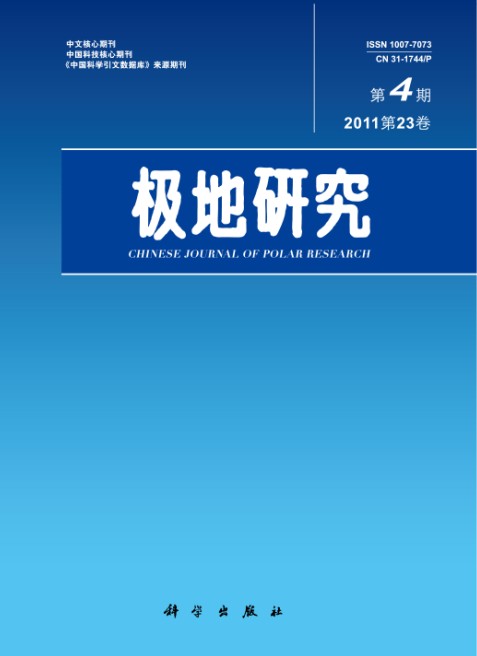The preliminary analysis of basic environmental and chlorophyll a concentration data in Great Wall Bay near Chinese Great Wall Station, King George Island, West Antarctica was carried out, based on the monitoring data from December 13, 2010 to March 22, 2011 by a POLAR COASTAL MARINE ENVIRONMENTAL MONITORING SYSTEM (PCMENS). Results show that, water temperature increased in general in this period, but influenced by fresh water inflow, the salinity were decreased in general. Water temperatures varied between 0.27°C and 2.52°C,and the obvious peaks occurred in middle January and late February; Salinities ranged from 33.86 to 34.19, and the marked low peaks were observed in the beginning of January, middle January, lat February and early March. Chlorophyll a concentrations increased rapidly from beginning to the end of December, and then maintained a relative higher level. Three peaks occurred in the observing period, which occurred in the end of December, middle January and late February. The maximum was 4.22 μg/L on 14 January. There was a significant correlation between chlorophyll a concentrations and water temperatures. The basic data analysis and comparison to the historical monitoring data obtained from traditional methods shows that, the PCMENS, as a new polar marine environmental monitoring tool, is successful and reliable, combined with the traditional methods, can carry out the fine environmental monitoring in the polar coastal waters.

